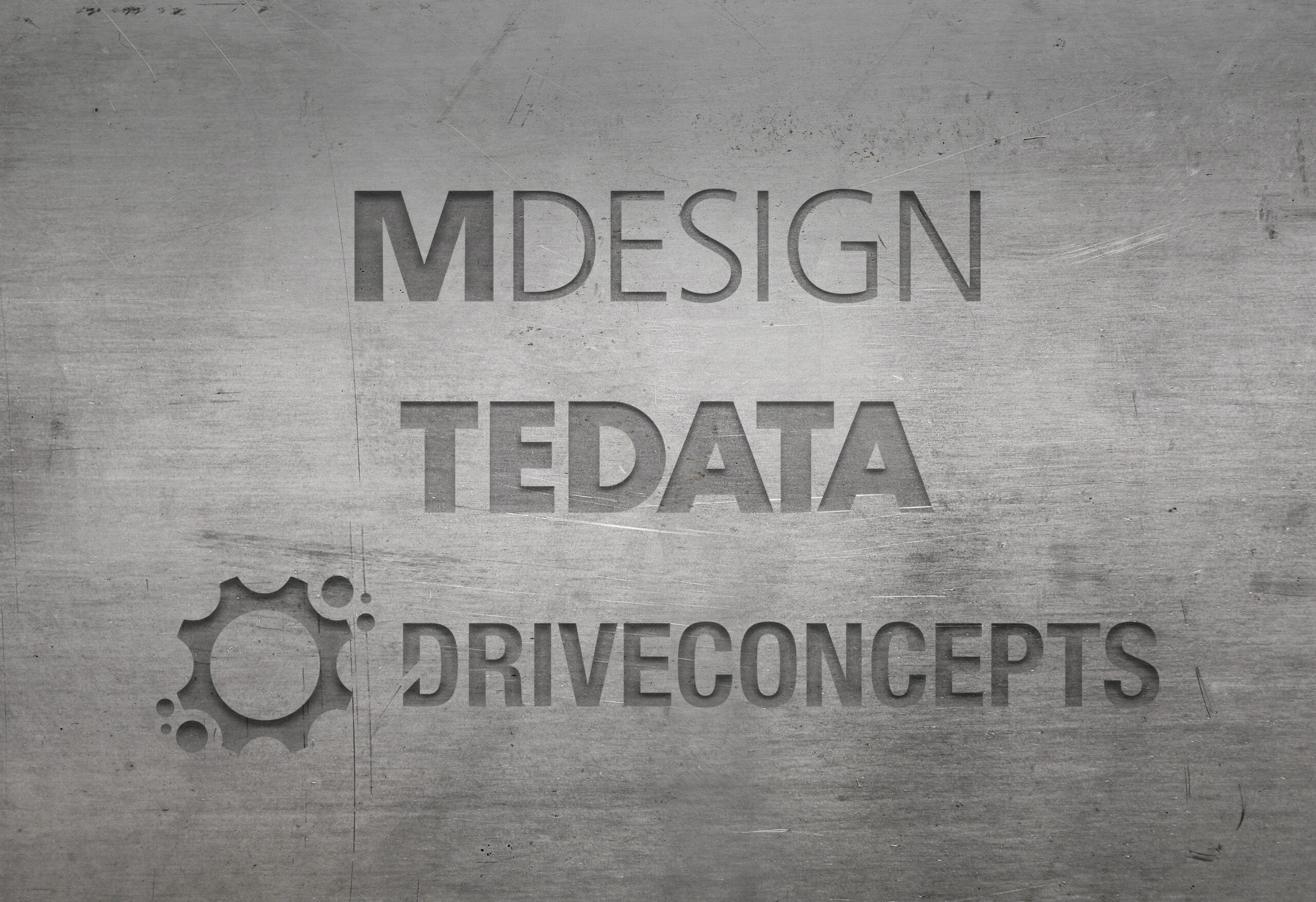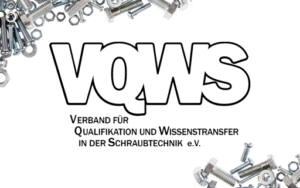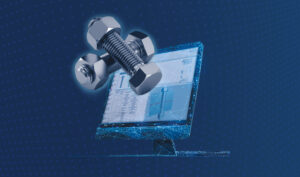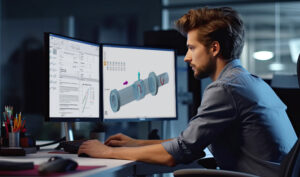
Small changes, big impact
From theoretical adjustments to real-world durability
Use calculations for gearboxes
Gear modifications are a proven means of significantly improving the service life of gearboxes. Nevertheless, there is always room for optimization, as they still represent a decisive variable in gearbox calculation. Here, direct influence can be exerted on the service life and thus maximized.
Problem definition
Analytical verification methods are generally valuable tools for the design of gear teeth. However, they reach their limits in practice, particularly in the case of highly loaded industrial gearboxes that transmit torques of over 10,000 kNm. In such cases, safety-relevant factors occur that are only partially taken into account in the current standards, although they are by no means negligible. The damage that occurs in the field often cannot be mathematically verified in accordance with the standard procedures. This not only leads to spare parts costs and legal issues, but also to uncertainties when rectifying faults.
In order to effectively rectify recurring gear damage in the field, it is crucial to match the specific boundary conditions of the respective bevel-helical gearbox with the requirements of the standards. This is the only way we can develop technical solutions based on digital and practical tools and get the problems under control.
Objective
In order to avoid resources and costs for new production, it makes sense to retain the existing gears and transmissions in their design form. In order to increase product quality, a calculation model is to be developed based on the observed damage patterns, making it possible to carry out gear modifications on individual parts that have already been manufactured. The analysis of the gearbox environment and its effects on the gear contacts, in particular due to the high forces and deformations of the gearbox elements such as housing, shafts, bearings and gear bodies, forms the basis for this calculation model. To ensure its quality, it is qualitatively validated by test bench runs.
Result
The transmission information has been digitized using state-of-the-art technology, and a calculation model, the digital twin, was able to successfully simulate and confirm transmission damage. With the help of this model, the flank geometries were optimized to compensate for the interactions of the transmission elements. This makes it possible to subsequently improve series parts that have already been manufactured and to optimize new developments specifically for production. Practical tests on the test benches show promising load-bearing properties of the gears and an average increase in service life of an impressive 100 %.

Knowledge for technology
Your strong partners in product development
We support industrial companies on their path to digital transformation. With customized services in simulation, calculation and software development, we promote efficient product development. Put your trust in over 40 years of experience and shape your industrial future.






